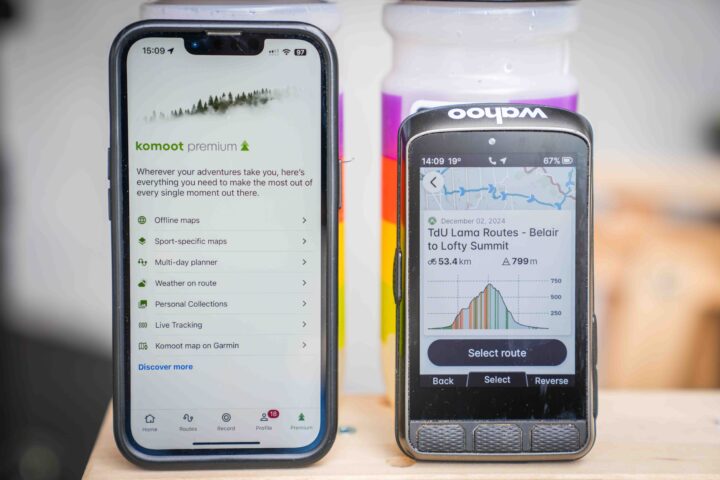
Over the last few weeks Komoot has pretty significantly expanded the moat around their platform, specifically when it comes to doing (executing) the very routes you create on Komoot. Going forward (from Feb 27th, 2025), all new users of the platform will require a Premium subscription ($59/year) in order to sync those routes to connected devices, such as a Garmin/Wahoo/Hammerhead/etc…This will not affect any accounts that purchased something from Komoot prior to that point (either a paid map unlock, or a Premium membership).
Still, this is a pretty big deal, at least in terms of the future of Komoot. It obviously isn’t going to impact most existing customers (unless you had a free Komoot account for some time, but never used the sync feature, and now want to). Some have said this is Komoot saying “we don’t want any new customers”, and to be honest, there’s a pretty strong nugget of truth there. Yet at the same time, there’s also a reality that Komoot is a business. And free users only take you so far. That’s no different than any business. You don’t pay the bills with free.
So, let’s take a closer look at exactly what’s changing, isn’t changing, and what this means relative to the competition.
What Changes?
First up, for those not familiar with Komoot, at its core, it’s a route planning platform. Their strength has historically been more European-centric than other regions, but there’s still a boatload of content beyond Europe. Their secondary strength has been the ability to plan tours (e.g. multi-day or multi-route efforts) as a cohesive thing, establishing not just collections but also adding photos and descrptions for those collections. Whereas most other routing/mapping providers tend to skew towards per-route features. Meaning, each route is a route unto itself, rather than being seen as part of a larger collection. Again, others like RideWithGPS can do collective routes too, but collections has long been Komoot’s main jam.
Ok, setting that side, let’s talk about what you could (and can still do) within Komoot.
Planning routes: This piece, the act of creating a route, you can still do with a free account, just like before. That remains the same. Y
Doing the routes: This is the piece that changes. And ‘doing’ has three core feature areas: Downloading a GPX file, doing the route with the Komoot app, and syncing the route with a connected device like a Garmin/Wahoo/Polar/COROS/Suunto/Hammerhead/etc…
Option 1 – Downloading a GPX File: This requires either a map unlock, or a premium subscription. In other words, you can create routes all day long, but at the end of the day, if you want to download that route and actually do it, you’re gonna have to pay. The map unlock fee lets you do a one-time region unlock that lets you ‘own’ that region for future purposes.
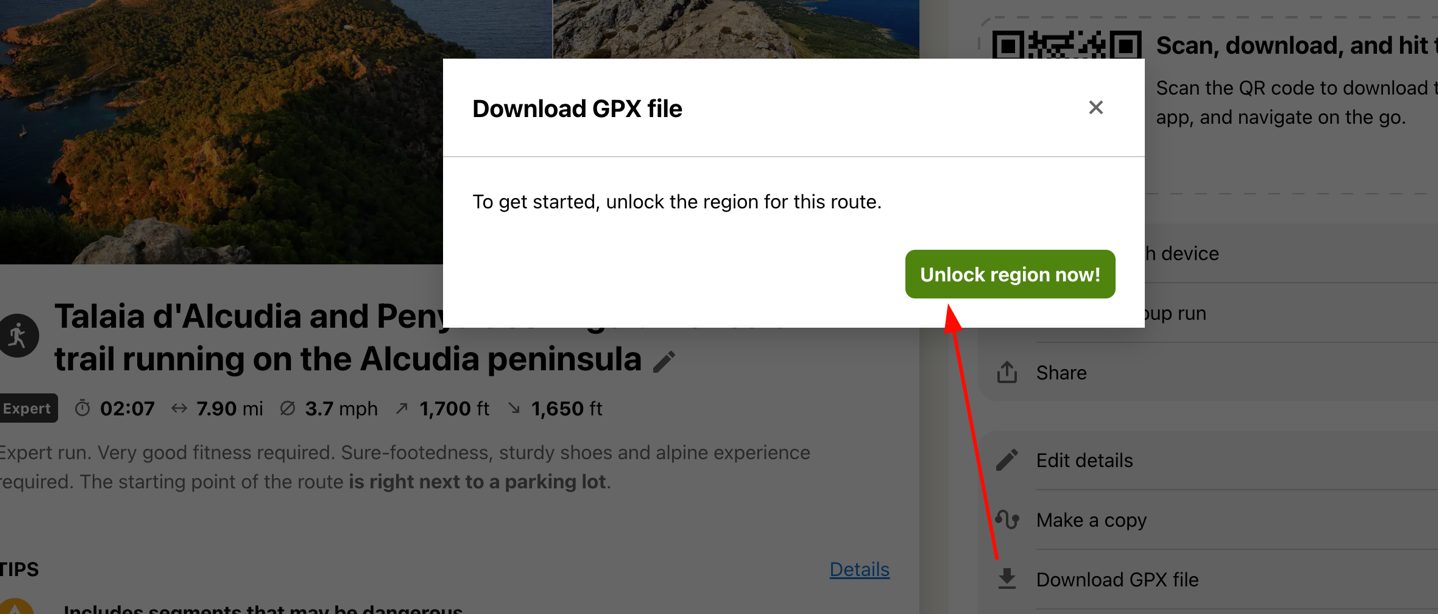
The regions tend to be very small (literally a single 8.99EUR region is barely 1/3rd of the island I live on). But, Komoot lets you pay a 19.99EUR one-time fee to unlock the entire world (it’s 29EUR normally, but a new account gets a 10EUR discount for the first 10 days). Thus obviously, if you ever plan to use Komoot again, it probably makes sense for the one-time 20EUR payment:
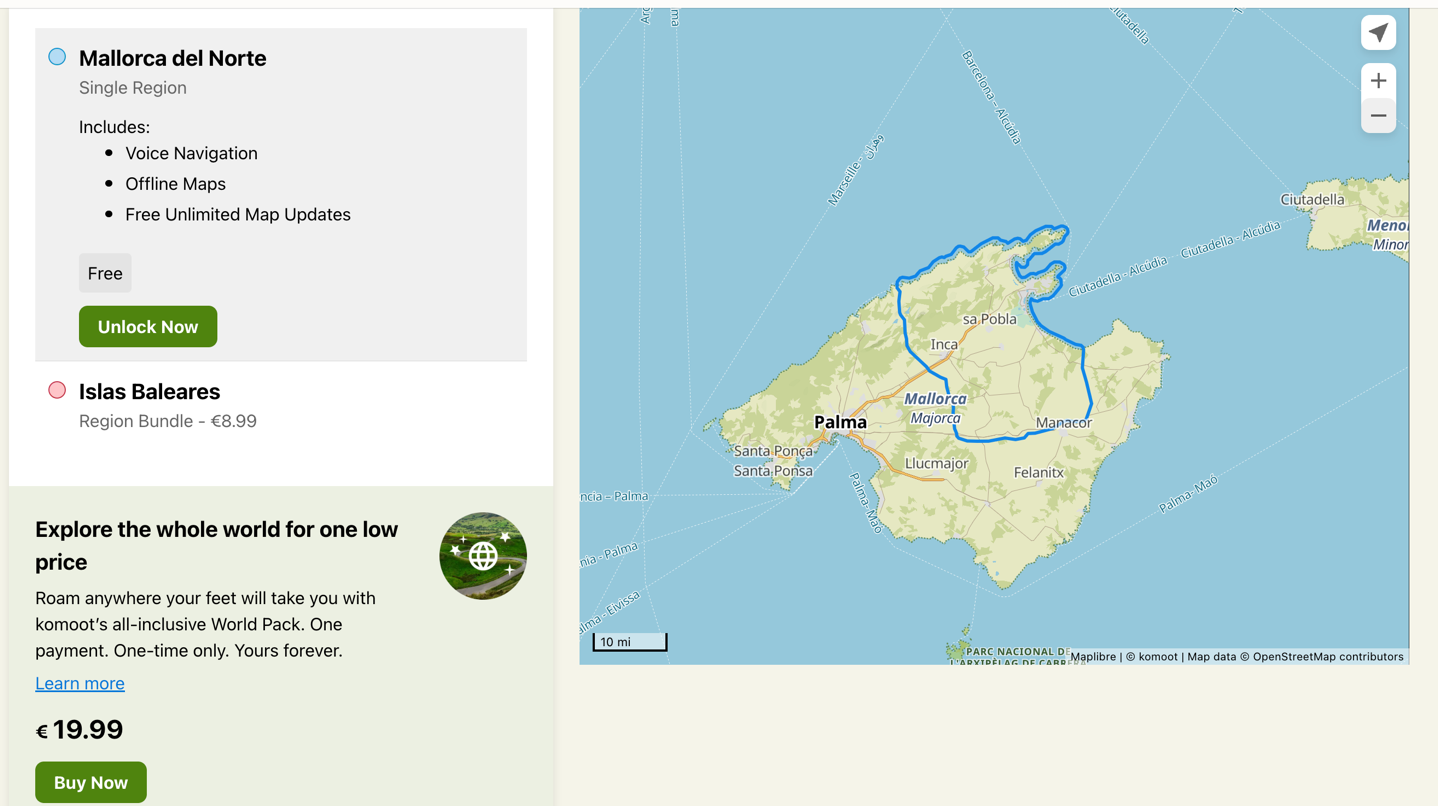
Once that’s done, you can download that GPX file, and any future files for routes you create within the region you bought (either that tiny sliver of a region, or the entire world unlock). To reiterate, none of those has changed at all (well, at least anytime that I can remember).
Option 2 – Komoot App Navigation:
Now, the second option you’ve got to ‘do’ the routes you create is the Komoot app. This includes offline access for the maps, turn-by-turn prompts, voice navigation, and a pile of other features. This too though, requires some sort of purchase. Either the map unlock I described above, or Komoot Premium. Below are the extra features. The first column on both chunks is if you pay for a map unlock, the second column is with Premium:
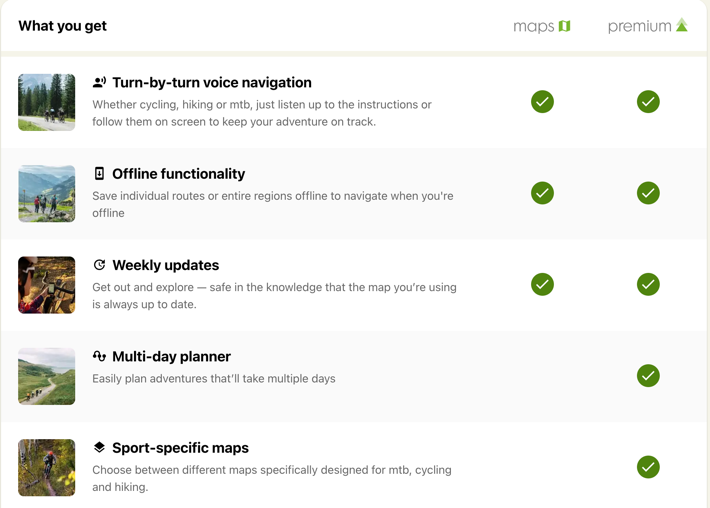
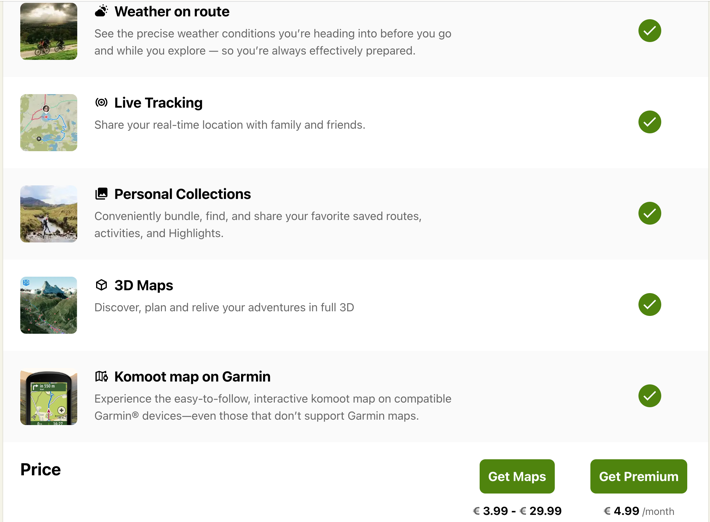
Again, none of the above has actually changed at all relative to the payment required for Komoot app navigation. The shifting into Premium has changed in recent years, but it did at least always require some sort of payment (map unlocks) previously.
Option 3 – Native Device Integration:
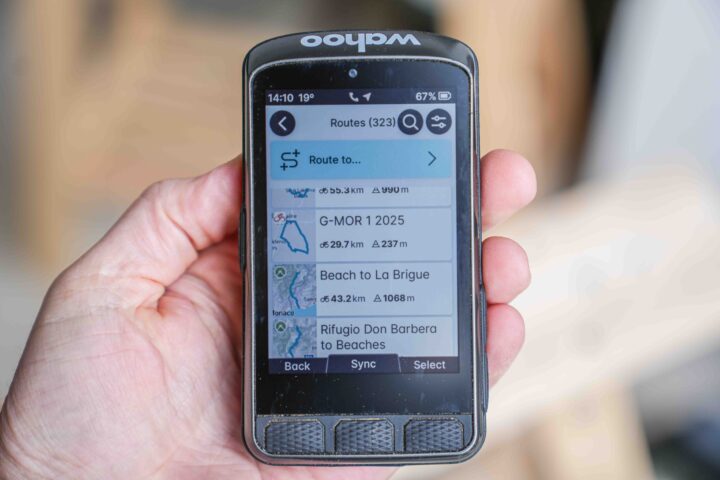
Lastly, and probably of most interest to people here, is the syncing of a route to your 3rd party device. Examples being Garmin devices, Hammerhead, Wahoo, Polar, Suunto, COROS, and probably others as well. This now requires not just a map unlock like it did previously, but now the Premium subscription. That subscription is $4.99/month or $59/year (parity pricing in EUR & GBP). Previously, simply unlocking the applicable map region would do the trick (or, the world unlock for $20-$30.
And this is where things get messy. Up till now, you could buy a single region the activity was in (as cheap at $3 in some cases) and be cooking. Now, you’re looking at a monthly/annual fee, simply to sync the route to your device. This will be a substantial barrier to getting new users onto the platform, especially if those new users are coming via event type websites. Events will often share links to routes on Komoot, Strava, RideWithGPS, and others – usually picking a single partner in most cases. But none of the others require payment to simply ride the route in question.
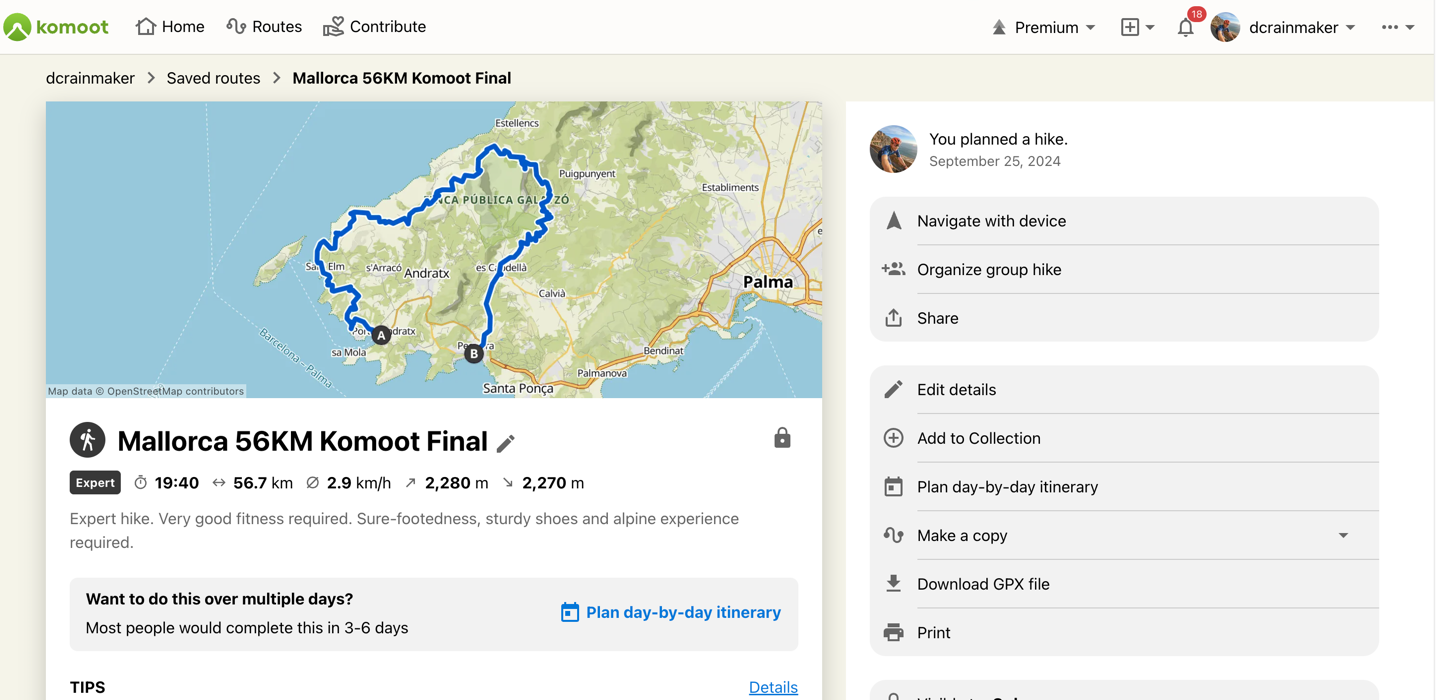
If we compare Strava, they require payment (a subscription) to *create* the route, but not to ride/run/sync the route. This means that others can create and share the route, and then you simply add it to your saved/favorites, and it syncs to your device in question (or, you can download the GPX file). No payment is required to sync a route to your device (Garmin/Wahoo/etc). Strava only requires a premium subscription if you wish to save the entire offline map area to your Strava app on your phone.
Likewise, RideWithGPS is the same. It does not require a payment/subscription to sync routes to your device. Last week, I was going a week-long gravel bike ride in Morocco, and the company uses RideWithGPS for all their routes. They’ve got these route collections made, and I was simply invited to the route collection for that ride, which synced all of those routes to all of my devices (COROS/Wahoo/Hammerhead/Garmin), instantly, without any payment.
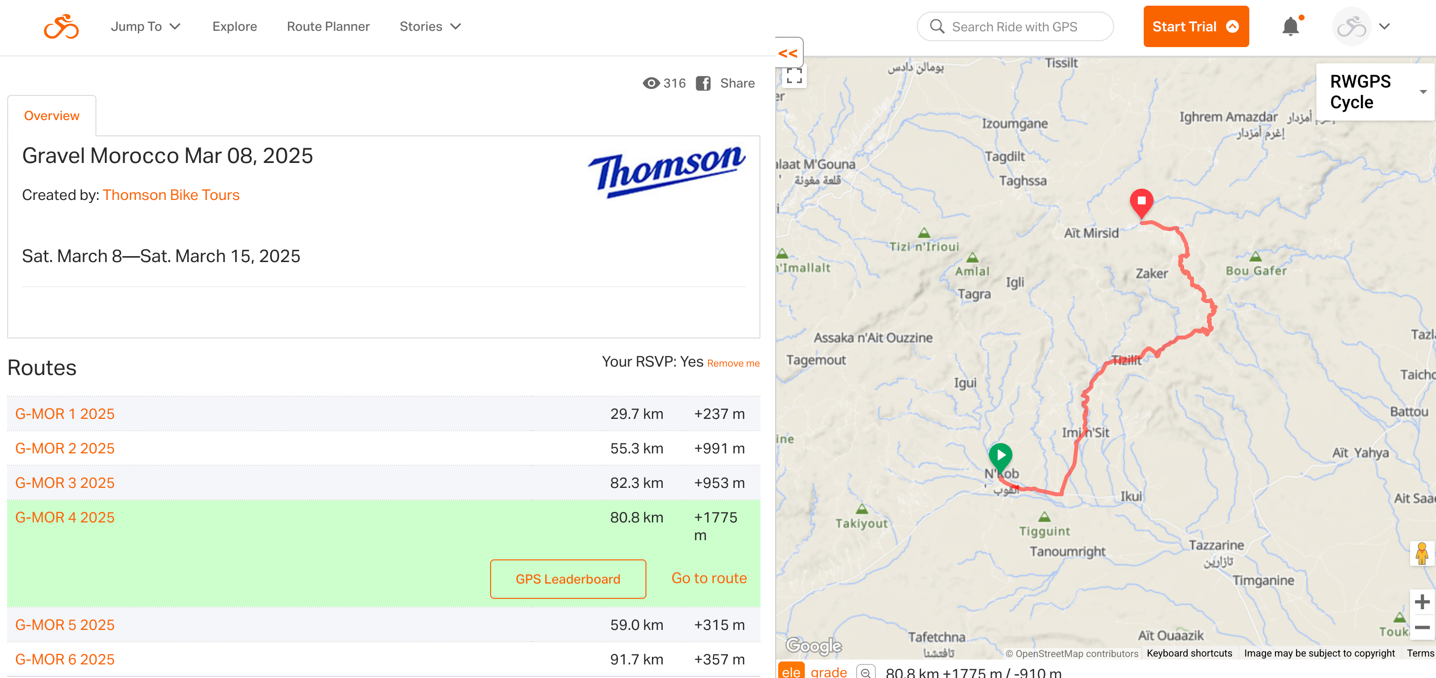
You can see here, how RideWithGPS splits up its tiers:
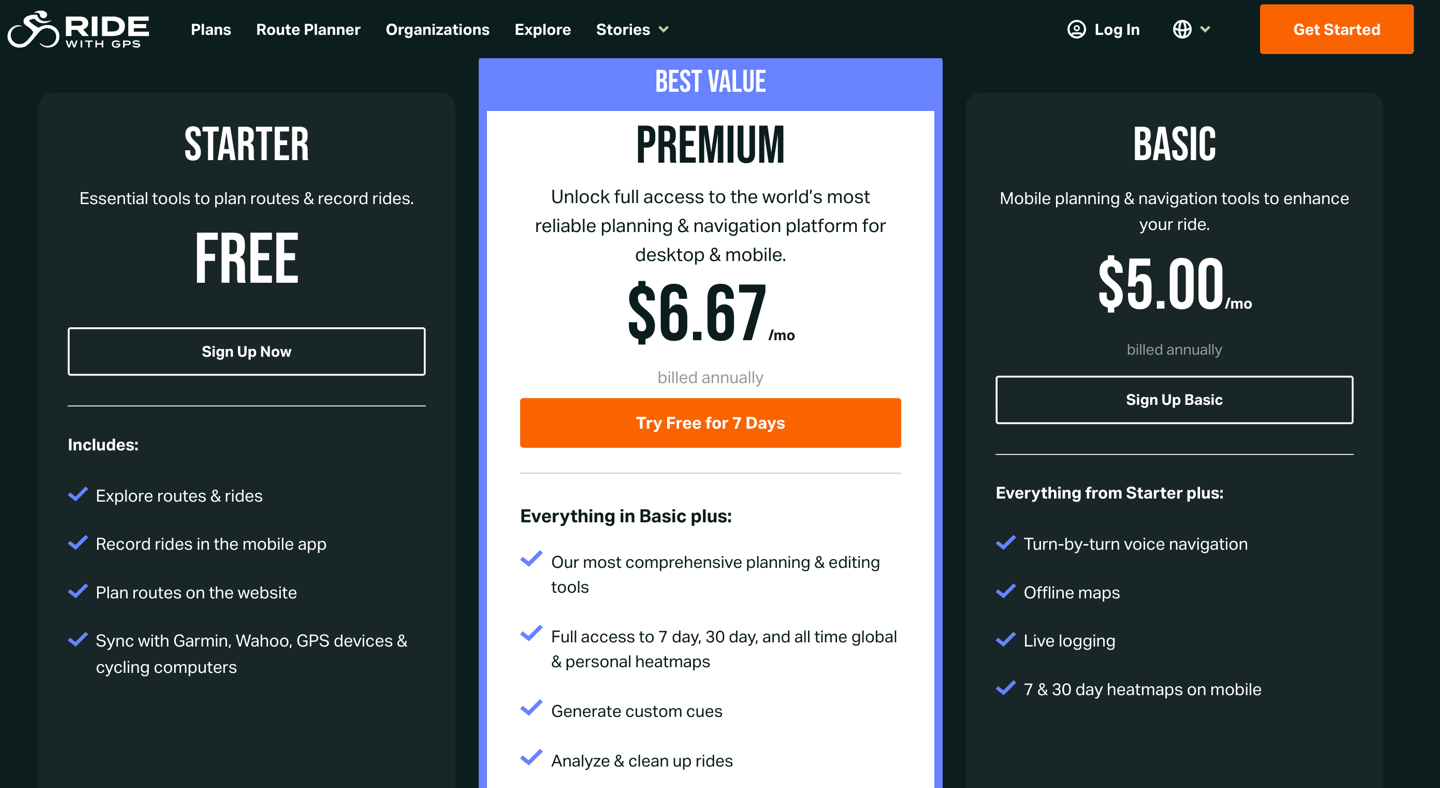
As seen above, RideWithGPS does not require a subscription to plan routes, explore routes, or sync with various bike computers.
Wrap-Up:
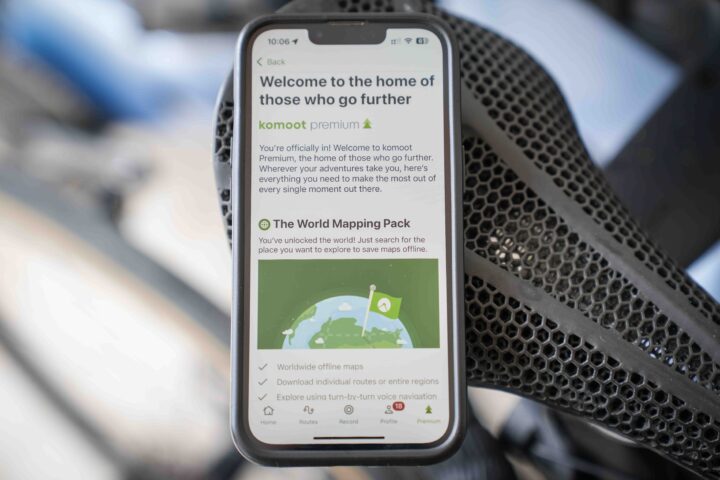
Only Komoot knows, or will soon know, whether or not this strategy will work. Obviously, as I alluded to at the beginning, Komoot is a business, and ultimately, it’s the goal of the business to increase revenue. However, where it gets tricky is crowd-sourced platforms like Komoot. While Komoot certainly pays for certain mapping/trail/etc data, they’re also *HEAVILY* dependent on user data to contribute photos, actual trail usage data, and plenty more.
In fact, I’d argue that user-generated content like its extensive uploaded photos, collections, and the like are the single biggest differentiator between Komoot and other platforms. Even despite Strava adding photos to Strava Routes/maps in recent years, it’s still not as easy to see those photos in all Strava apps/platforms/places. Let alone things like route collections, which Strava announced two years ago, and I’ll be darned if I can find any reference to that actually arriving/happening.
I suspect within 30-60 days we’ll know whether or not Komoot’s big shift is the right one. They’ll easily be able to look at year-over-year trends, and see whether new-user sign-ups (and more specifically revenue) are up or down. That said, given they didn’t sideswipe existing users, the trickle-down effect could take longer to manifest itself.
Still, I can’t help but think that long-term this move will hurt them. I totally understand their push for users to Premium, but in an ever-increasing landscape of subscription offerings, it’s going to be hard for many users to justify yet another monthly/annual subscription, simply to sync a route. Just my two cents.
With that, thanks for reading!

0 Commentaires